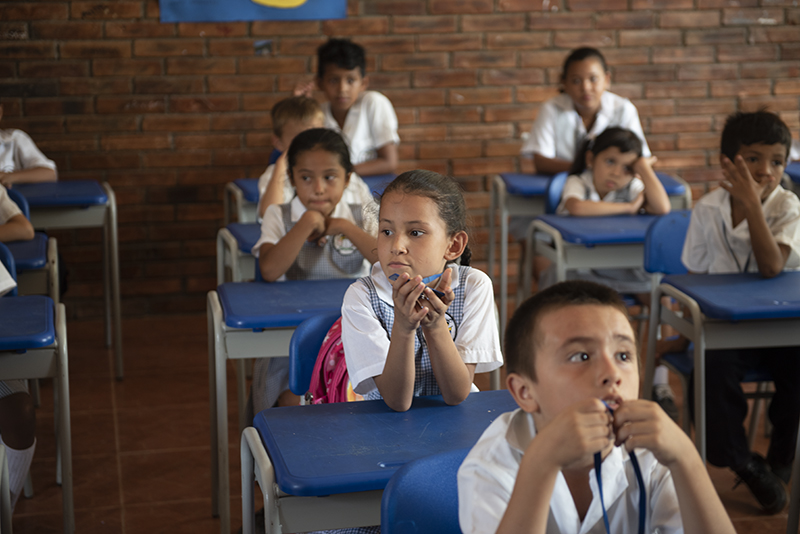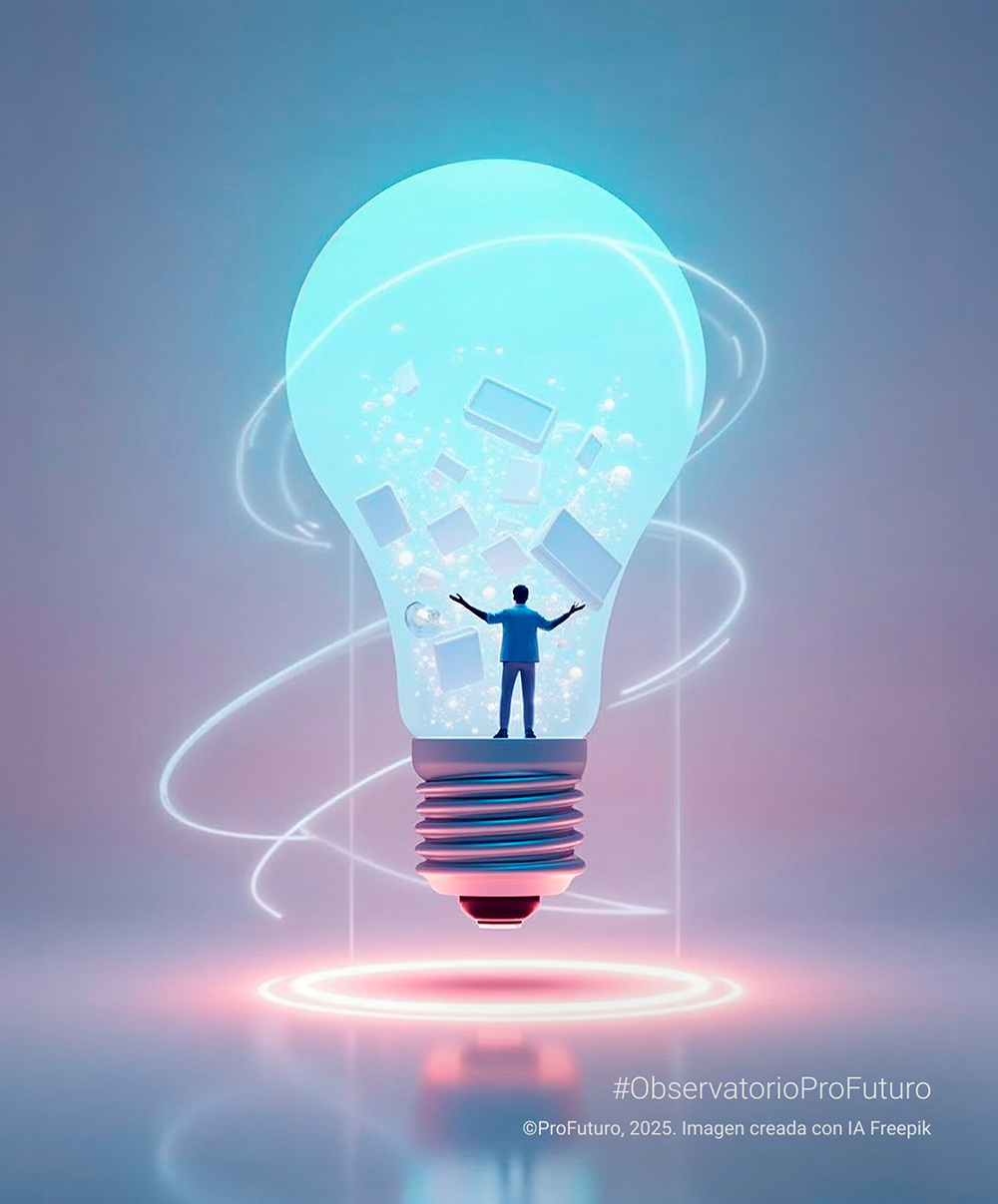It’s become a buzzword and, since the beginning of the century, we’ve used it to apply to everything, including technology, of course, but also economics, fashion and culture and, definitely, education. From the Latin word innovare (the prefix in means in or within and novare is a verbal form of the word novus, meaning new), the term innovate seems to refer to the introduction of something new.
Applied to education, there are multiple definitions, theories and forms of educational innovation. However, in this article we aren’t going to discuss theories or definitions. We’ll go straight to the practice to highlight ten projects which, from a pedagogical standpoint, introduce new and “more effective and efficient” ways of teaching into the classroom. With this post we conclude our series on the 2022 HundrED Global Collection, in which we’ve reviewed some of the projects featured in the report.
RETHINKING SCHOOLS AS NEW LEARNING SPACES
Escuela Nueva: A model of education for vulnerable environments
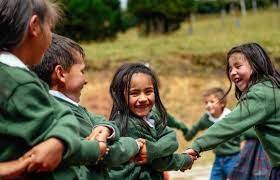 Colombia
Colombia
One of the seven Hundred Hall Of Fame Innovations and the only from Latin America that’s been recognised. Escuela Nueva was created just over 30 years ago to improve the education received by children in rural schools in Colombia. Today it’s become a model of education for vulnerable environments that’s been successfully applied in 21 countries (with institutional support in many of them). How does it work? The students work in groups but each of them has his/her own personalised learning guide. The teacher proposes a topic and the children work on it first individually and then in groups. It’s a completely student-centred and active methodology based on “learning by doing”. The children form part of a self-organising and self-governing group under the supervision of the teacher. Teacher training also plays an important role in the Escuela Nueva model and the teachers are trained using the same methodology as that applied to the students.
Agora: School without lessons
The Netherlands
Agora is a school without lessons, without classrooms and without a curriculum. At Agora everything begins with the students. Their concerns lie at the heart of their own learning. They all decide, in partnership with their tutor, which “challenge” they’ll focus their work on. They begin to prepare it together by asking each other a set of questions: What will I learn? Who can I cooperate with to achieve a great end result? How long will it take me? After this initial preparation, the students prepare an “action plan” in which they decide who’ll be able to help them through each of the steps and where they’ll get the information from. During the implementation phase of the project, the students record all their progress, including where they’ve found the information, what they’ve had difficulties with and why, how they’ve resolved them and so on. At the end of the challenge the students submit their final work. Of course, they can do so in different ways, such as a video, a sculpture, a painting or a field trip, and they’ll show the others what they’ve learnt. The teachers, parents and students can attend the presentation at the student’s invitation. Finally, they’ll have a chat with their tutor to reflect on the whole process.
Community Learning Labs: Building education through dialogue
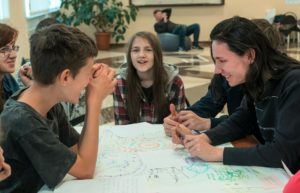 Rusia
Rusia
Community Learning Labs promotes inter-generational dialogue between students, parents and teachers, enabling them to build a kind of education that makes a better future possible together. Starting with a future ideal, the participants examine how it can be achieved through education, what skills will be needed to build it and how it can be taught and learnt. They then structure initiatives to carry it out, dividing themselves into groups to do so. This helps to generate a feeling that change is possible. Everyone then discusses and shares their ideas, encouraging collaboration and dialogue and turning education into a platform for co-creation and cooperation. Since its creation in Russia in 2016, it’s been implemented in 30 cities in eight countries, including Belarus, Latvia and Uzbekistan (for the time being, the working materials are only in Russian, although they’re working on their translation into English).
Dignitas Project: Making school an exciting place
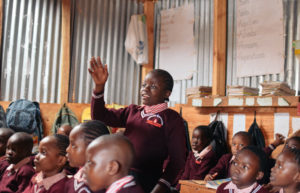 Kenya
Kenya
Dignitas seeks to turn schools into exciting places that enable children to develop the skills and character they need to prosper in life. It does so through the educators, by training them and equipping them with the tools required for them to develop instructional leadership skills that enable them to create a classroom culture conducive to learning and participation. Dignitas turns the educators into catalysts of change in vulnerable schools. The programme’s teachers encourage the students to take part in the lessons, ask questions, reason and cooperate with their classmates.
Manzil Mystics: Learning through music
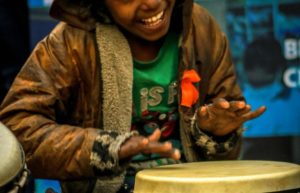 India
India
In India, most low-income state schools face the problem of poor levels of attendance, chiefly due to a lack of interest in education. Learning Through Music is a flagship programme of the Manzil Mystics organisation which aims to create safe spaces, bring happiness, instil confidence, foster creativity and activate the true potential of the children that take part in it. They learn to sing, write and compose songs and express their feelings and aspirations through music. It also acts as a magnet to increase school attendance and triggers other essential elements such as self-confidence, leadership and socio-emotional learning.
Defy Project: Design your own education and create it
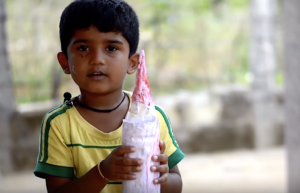 India
India
In the DEFY (Design Education for Yourself) Project the goal is to change the way people think and ignite the spark of passion in each of the students so that they can learn to believe in their ability to educate themselves, others and their communities. In the DEFY Project education is much more than the mere transmission of knowledge, as it’s also a process of self-discovery and understanding of the needs of the local and global environment. Firstly, the community builds a learning space suited to their tastes and needs and then, with a computer and the internet, they begin working on projects in keeping with their preferences and interests. The students thus develop the skills they’re most passionate about and search for the knowledge they’re most interested in. They try, fail and try again, without any fear of judgement. Finally, they develop the confidence they need to embark on their own journey. In essence, they learn “how to learn” and do so within a community of people doing the same thing that supports them.
Join for Joy: Gamifying School
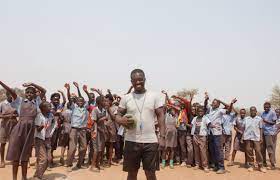 The Netherlands
The Netherlands
Join for Joy This programme teaches primary school teachers in the most rural areas of East Africa to implement sporting and recreational activities in the local schools’ curricula, transforming the schools into “gamified” learning spaces. By doing so the children are encouraged to attend school and dropping out is prevented. Through play, the teachers learn how to teach the children to protect themselves against diseases such as AIDS, malaria and COVID-19. Topics that are taboo in many rural areas, such as sexual violence, child marriages and gender inequality, are discussed. The sporting and recreational activities are specifically aimed at developing the children’s life skills, including assertiveness, handling of emotions, empathy, self-confidence and respect. For children with disabilities, one of the most vulnerable groups, sports and games are powerful ways of making them look at their options rather than their limitations. Since 2011 the programme has reached more than 450,000 children and expanded to five countries.
DISRUPTIVE INNOVATION AND ENTREPRENEURSHIP
The Metis Fellowship: Searching for dreamers to change education
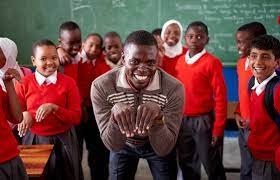 Kenya
Kenya
The aim of Metis is to find local innovators with ideas geared towards reinventing teaching and learning. It makes it easier for them to implement their ideas by helping them to obtain the resources, mentors and community that they require. To date, it’s supported 63 “dreamer” scholars who’ve created high-quality learning experiences with an impact on 1.3 million students in Kenya. It applies a domino effect model that uses the power of the networks, resources and access to like-minded people to inspire change.
Innovamat: Changing the way we learn maths
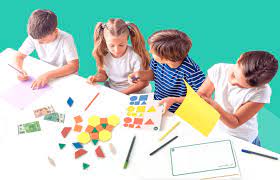 Spain
Spain
Traditional maths teaching has proved to be ineffective for many students. To reverse this trend, Innovamat has developed research-based curricular maths resources. With its methods, the children learn maths through manipulative material and highly dynamic lessons focused on problem-solving, communicational skills and critical thinking. Innovamat brings a change in traditional maths instruction and learning and it currently operates at more than 1,200 schools in Spain, Chile, Ecuador and Mexico, reaching 200,000 students and more than 12,000 teachers.
Self-Sustainable School Model
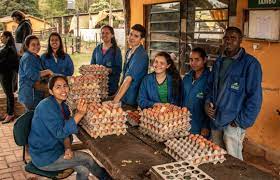 Paraguay
Paraguay
In Paraguay six out of ten children don’t finish secondary school because access to high-quality education is limited and expensive. The Self-Sustainable School Model addresses this problem by providing affordable, high-quality secondary education to low-income and mainly rural communities in Latin America and Africa. This model guarantees the quality and relevance of the programme by providing the students with the opportunity to learn entrepreneurial skills, thus helping to make the school economically viable. The students learn how to run competitive businesses and, while doing so, broaden their horizons with regard to what’s possible and improve their quality of life.
Why this selection? What features do these projects share? On the basis of these features, can we provide some keys to the definition of educational innovation? Let’s see:
- The student lies at the centre of the system. This is a recurrent feature in the history of pedagogical innovation and one which appears to have ceased to play a “secondary role” during this decade to become the key pillar of educational systems (at least at the theoretical level of educational policies). In contrast to the traditional teaching system, in which the students are mere passive recipients of information, in these educational proposals the students are placed at the centre of the whole process, focusing on their characteristics, abilities, context and educational needs as the basis upon which their learning is designed. The students become involved and play active roles in their own education. They decide on what, how and when.
- The teachers become mediators and designers of experiences. In all the innovations featured above the teachers have a key role to play, but it’s a very different role from that of the traditional learning concept. The teachers become mediators between knowledge and the students: they guide and help the students to take ownership of the learning and they also design, develop and propose activities that help the students to carry out their self-learning process.
- Technology complements and helps but doesn’t replace. The new technologies are conceived as a valuable and fundamental support, but never as a substitute for the teachers’ role in the classroom. Moreover, the teachers’ role becomes even more important, given that, on the one hand, they have to “hybridise” their pedagogical and didactic performance with technology so as to increase its effectiveness, and, on the other, they guide their students through the proper use of these new technologies.
- Collaboration. Whether it’s among students or teachers and students or it includes the families and communities, cooperation and collaboration in their numerous forms are particularly relevant in educational innovation projects. It’s evident that current-day society requires (and will require) increasing collaboration between everyone to overcome the major challenges. Moreover, teamwork isn’t just an ability to be learnt in itself, as it also contributes to the development of other important skills, such as responsibility, empathy, interdependence and critical thinking.
- New contents/new competences: There appears to be a generalised consensus that a comprehensive kind of education at this stage of the century must necessarily include the development of a range of skills that can help learners to live in a complex and changing society. Mere academic knowledge is no longer enough. The need to teach these skills is an educational innovation in itself. But there are also new skills, contents and capacities that require new teaching methods and processes. Can anyone imagine how to teach something like empathy or perseverance with a traditional model in which the teacher speaks without looking and the students listen without paying attention or understanding?
- The importance of the context: the socio-cultural and local context in which the teaching unfolds is also of fundamental importance in all educational innovation projects. And so it should be; the environment in which a person lives and develops should form part of his/her education and learning process. This relationship with the context can (and should) take place in a number of ways, in order to design a kind of learning that’s suitable for the context of each student, to use this context as the object of study and to involve the community and families in the students’ education.
All the projects featured above propose new ways of teaching and learning that advocate a shift towards a model more in keeping with the needs of today’s world and its agents, the protagonists of the future, the students. They provide important hints and lessons that we shouldn’t lose sight of. Let’s capitalise on the experience and wisdom of those who’ve been there before. Let’s lead by example.
*This article forms part of a series in which we analyse the initiatives and programmes featured in the HundrED report. In the first post of this series we explain the selection criteria and how the HundrED report is drawn up. In the second we explain and analyse some of the digital initiatives and programmes for socio-educational intervention in vulnerable contexts. In the third we analyse initiatives devoted to teaching and learning the skills for 2030 or the so-called 21st-century skills. In the fourth we focus on programmes that develop citizenship and digital skills.



